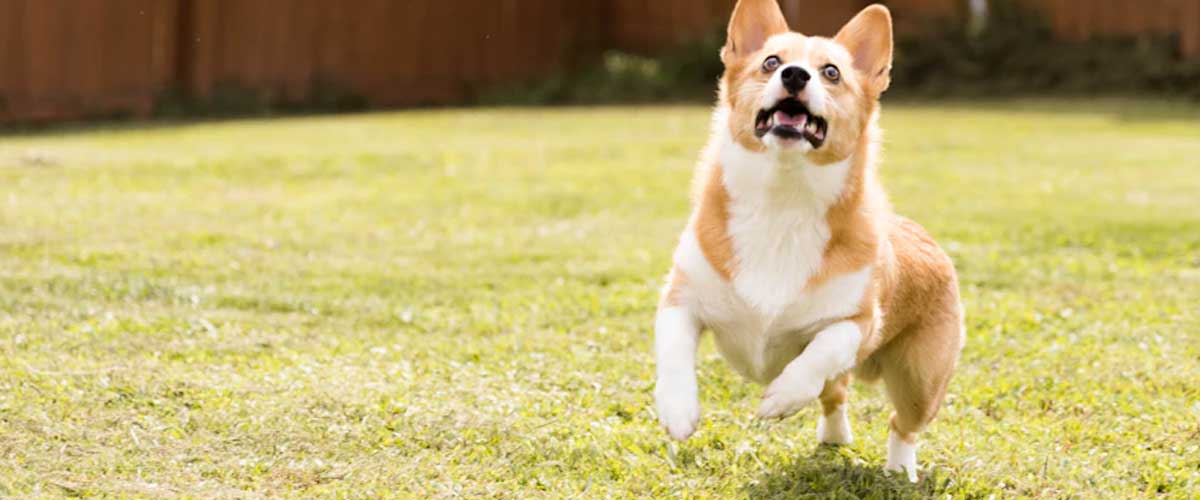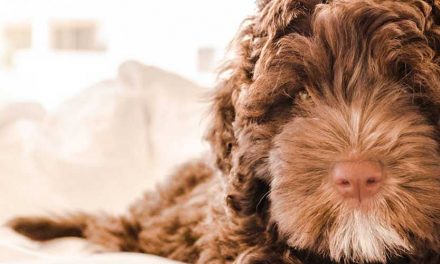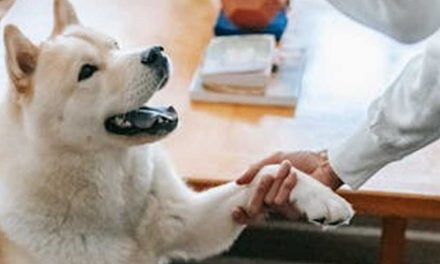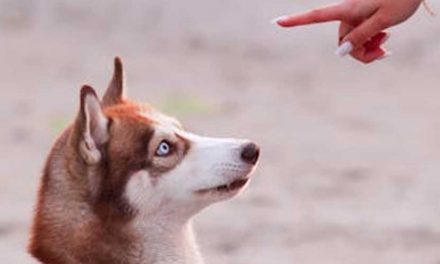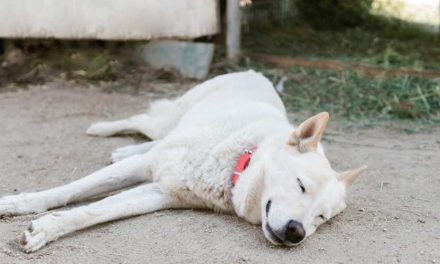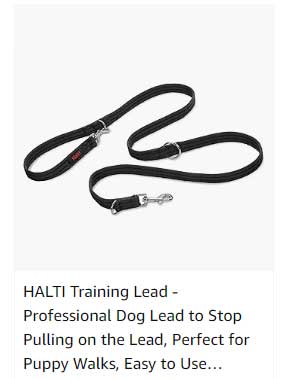Teaching your dog to spin in circles is a fun and engaging trick that can also provide mental stimulation and physical exercise.
Here’s a step-by-step guide to help you train your dog to master the spin:
What You’ll Need:
- Treats (small, soft, and high-value rewards)
- A clicker (optional, for clicker training)
- A leash (if needed for better control)
- Patience and positivity!
Step-by-Step Guide:
1. Choose the Right Environment:
Find a quiet place with minimal distractions, such as your living room or backyard.
Make sure there’s enough space for your dog to turn around comfortably.
2. Get Your Dog’s Attention:
Start with your dog sitting in front of you.
Show them a treat to grab their focus.
3. Introduce the Command:
Use a clear verbal cue like “Spin” or “Twirl” when you’re ready to begin.
As you say the command, gently guide your dog in a circle using the treat.
Move the treat in a circular motion near their nose.
4. Encourage the Spin:
As your dog follows the treat, they should naturally start to turn.
Reward them immediately with the treat and praise once they complete the spin.
If they hesitate, encourage them to move a little closer or use your hand to guide them.
5. Add the Click (if using clicker training):
If you’re using a clicker, click the moment your dog finishes the spin and then give the treat.
This helps them associate the action with the sound of the click.
6. Practice the Movement:
Repeat this process several times in a single training session, gradually reducing your hand movement as your dog learns to associate the command with the action.
Be consistent with the command.
Use the same word every time you practice.
7. Increase the Difficulty:
As your dog gets the hang of it, increase the speed of the spin and try it in different locations.
Start adding distance; once they understand the command, try standing a few steps away while giving the cue.
8. Practice in Short Sessions:
Keep training sessions short (5-10 minutes) to maintain your dog’s interest and prevent boredom.
Practice a few times a day but take breaks to avoid overwhelming them.
9. Introduce Variations:
Once your dog reliably spins in one direction, you can teach them to spin in the opposite direction by mirroring the same steps.
10. Celebrate Success:
Always end training sessions on a positive note.
Whether your dog successfully spins or not, give lots of praise, and perhaps play another game with them.
Troubleshooting:
If your dog doesn’t understand:
Reassess the movement and your timing.
Make sure your hand movements are clear and your treat is enticing.
If your dog seems frustrated:
Take a break and revisit the trick later.
Training should be fun for both of you!
If your dog tries to jump for the treat:
Keep the treat just low enough to encourage them to follow but not so low that they think they need to jump.
Conclusion:
With patience, consistency, and plenty of encouragement, your dog will be spinning in circles in no time!
This trick can not only impress your friends but can also strengthen your bond with your furry friend.
Enjoy training and don’t forget to have fun!

